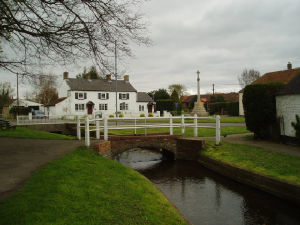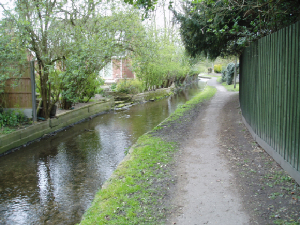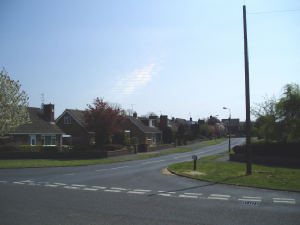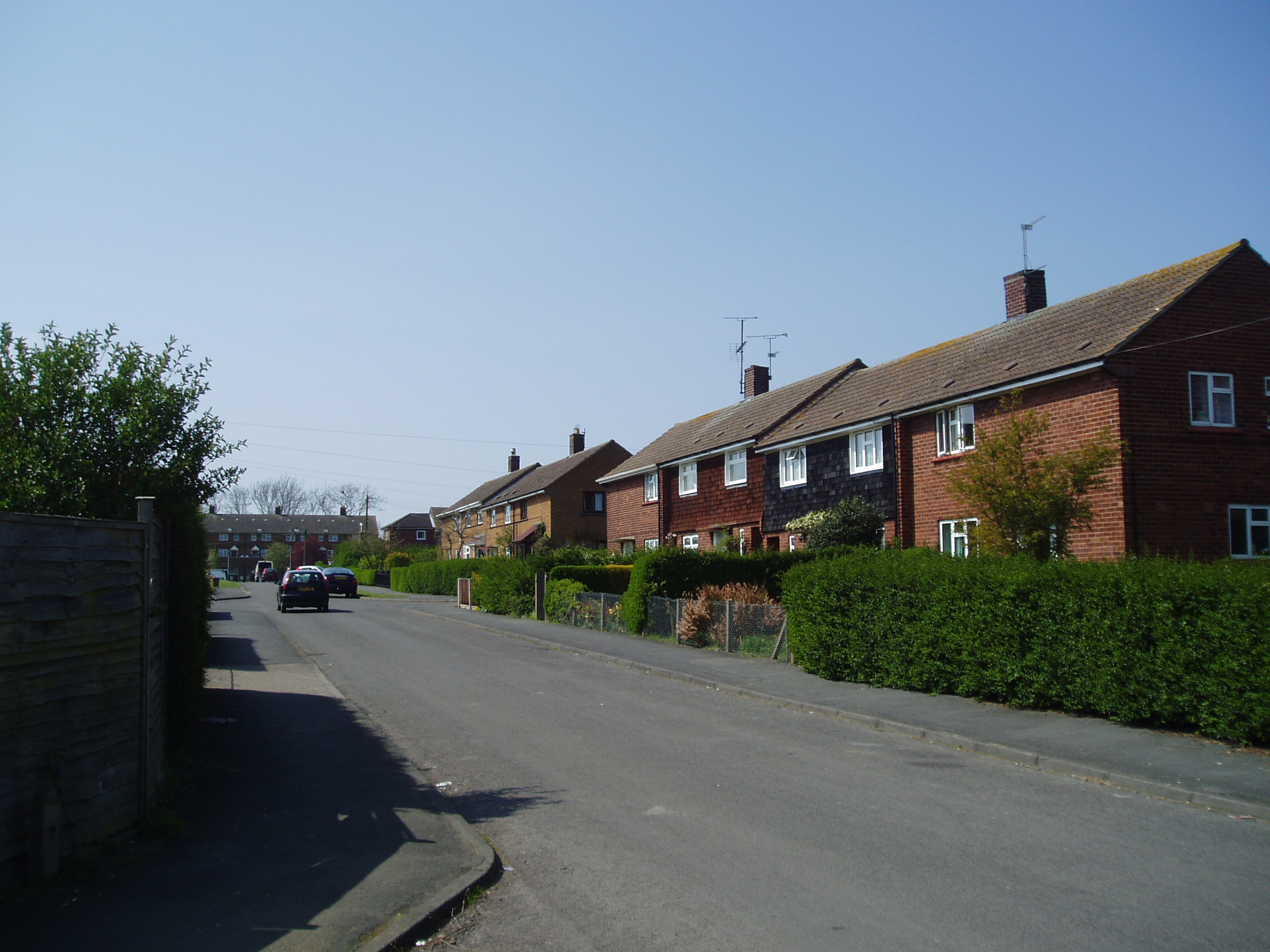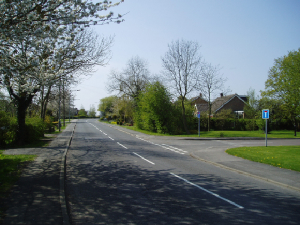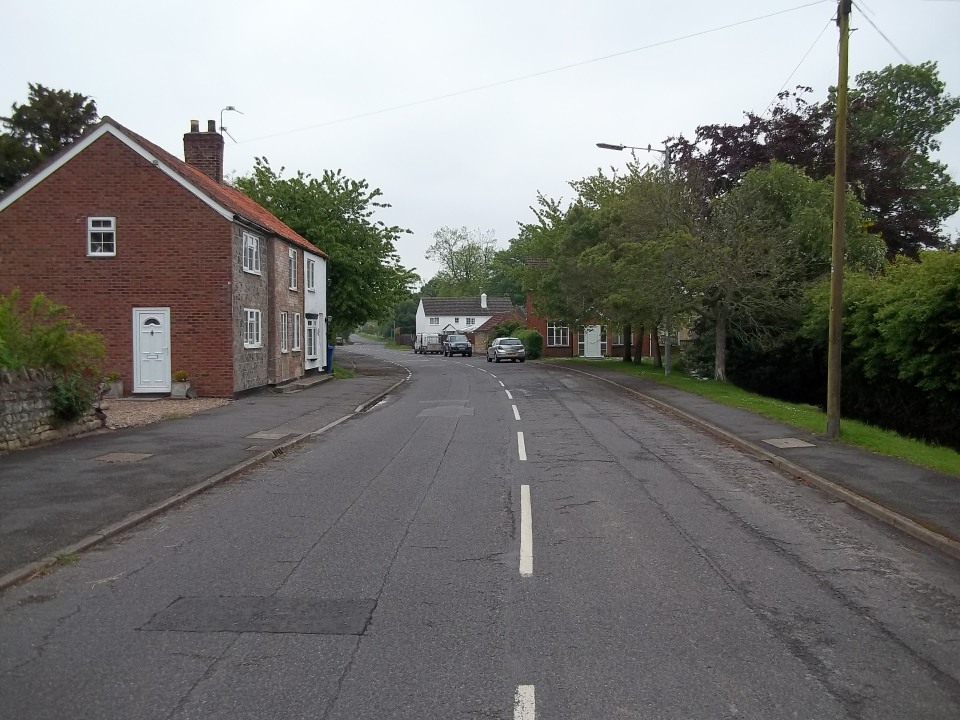
Dunholme Village
OUR VILLAGE
Background picture taken of havesting in a corn field on Honeyholes Lane August 2014
The village stands almost exactly in the middle of the parish, on the banks of it's beck (small stream) and at the foot of several very low hills. A taged and barbed arrow head from the broze age has been founf in the south west corner of the parish in 1957. A considerable quantity od Roman pottery has also been found. Dunholme is approximately six mile from Lincoln and sits of the Rooman road from Bath to Grimsby the Fossway. Now known as the A46 trunk road. It is therefore asumed to be the first stop-over for travellers on their way from Lincoln to Market Rasen, Caistor and Grimsby.
The earliest writen evidence concerning Dunholme is found in the Domesday Book (1087). At that time Dunholme was divided between three owners; the King (William the1st), Ilbert de Lanci and Ralph Paganel. Some of the King's land was held by Odo the Arblaster (Cross-bow maker). The Kings land passed very soon to the Bishop of Lincoln, and the Bishop of Lincoln is still Lord of the manor of Dunholme. The division from an early date into two (possibly three) manors has given rise to some confusion. The Bishop's manor is the only one for which any records has survived. Two farm houses in the village have laid claim to the title of manor house. The only one surviving today is the manor farm house on Market Rasen Road. The other was demolished to make way for the development of houses on Scothern Lane known as Manor Way.
Extract taken from "Notes on Dunholme" by Terence R Leach 1964
